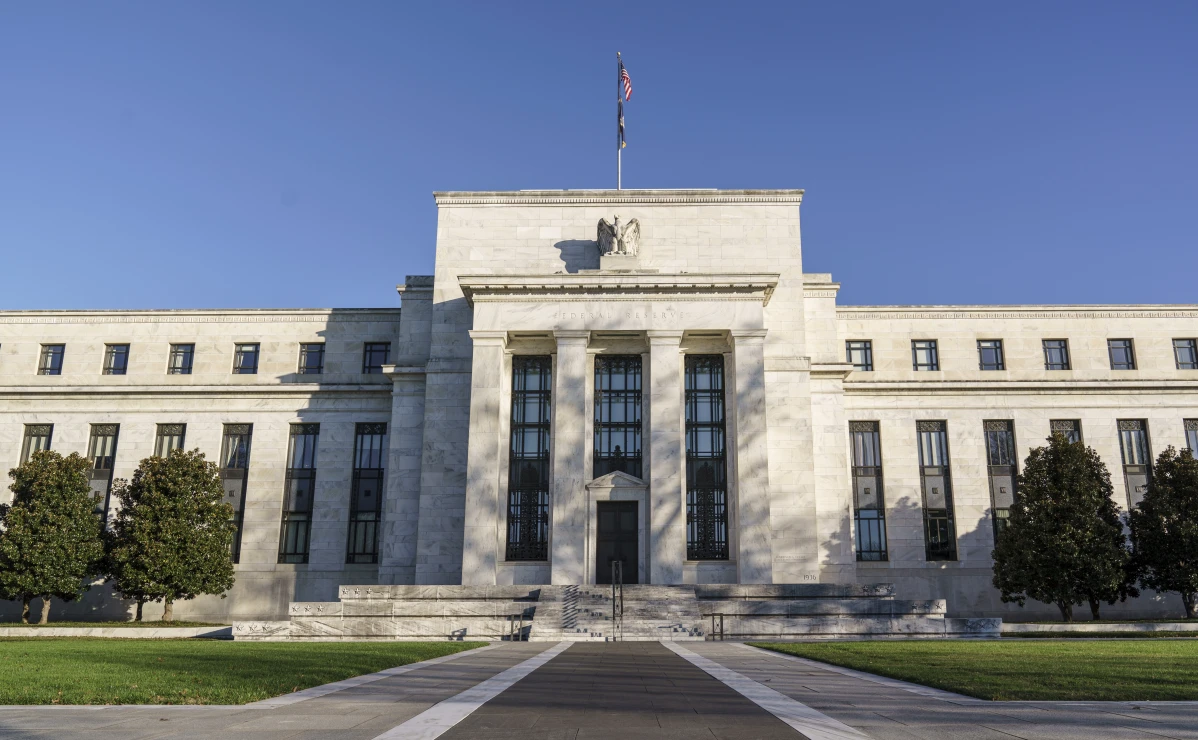The Fed rate is set to cut for the first time in 4 years

WASHINGTON (AP) — With inflation virtually under control, the Federal Reserve is about to take a step that it hasn’t taken in over four years on Wednesday: lowering its benchmark interest rate. This would result in cheaper borrowing costs for individuals and companies only weeks before the presidential election.
However, there is an uncommon sense of uncertainty around this week’s meeting: it’s not certain how much the Fed will decrease interest rates. There is an increasing chance, according to Wall Street traders and some economists, that the central bank will declare a larger-than-usual half-point cut. Many analysts predict a more conventional rate drop of quarter points.

Fed policymakers have been refocusing their efforts to sustain a contracting labor market and accomplish a rare “soft landing,” in which they reduce inflation without precipitously slowing down the economy, as inflation has been just above their target level.
A half-point reduction in interest rates would indicate that the Fed is committed to controlling rising inflation as much as it is to promoting steady economic development. The Fed is anticipated to decrease interest rates once more this week, with the current round set to last until 2025.
The public’s general dissatisfaction with the economy has been heightened by high interest rates and increased costs for everything from groceries to gas to rent.
This has also given former President Donald Trump’s campaign a target. In response, Vice President Kamala Harris has claimed that Trump’s pledge to impose tariffs on all imports will result in a significant increase in consumer prices.
Fed rate reductions should eventually result in cheaper borrowing costs for commercial loans, credit cards, auto loans, and mortgages. Both business expenditure and stock prices may rise. Loans could be refinanced by businesses and consumers into lower-rate debt.
In a high-profile speech last month in Jackson Hole, Wyoming, Chair Jerome Powell made it apparent that Fed policymakers are confident that inflation has been largely beaten.
It fell sharply from a high of 9.1% in June 2022 to 2.5% this month, which is somewhat higher than the Fed’s 2% target.
In an effort to curb borrowing and spending and eventually calm the economy, central bank officials raised their benchmark interest rate 11 times in 2022 and 2023, reaching a two-decade high of 5.3%. This move was made in response to price spikes.
Since then, wage growth has decreased, eliminating one possible cause of inflationary pressure. In addition, the cost of gas and oil is down, which suggests that inflation will continue to decline in the coming months. Customers are also resisting exorbitant costs, compelling retailers like Target and McDonald’s to offer promotions and discounts.
YOU MAY ALSO LIKE:Intel Stock Rises As Amazon and the Federal Government Offer Troubled Chipmaker Lifelines
However, firms have reduced hiring following several years of robust job creation, and the unemployment rate has increased from its half-century low in April 2023 to a still-low 4.2%, about a full percentage point higher. Unemployment tends to continue rising after it reaches that point. However, a number of economists and Fed officials point out that rather than layoffs, the increase in unemployment is primarily due to an increase in newly hired workers, particularly recent college graduates and new immigrants.
Nevertheless, Powell declared in Jackson Hole that “we will support a strong labor market to the fullest extent possible.” Any “further weakening” of the labor market, he continued, would be “unwelcome.”
Such a broad statement, according to some experts, implies that Powell would support a half-point rate drop. Even yet, a quarter-point drop is still considered more likely by other economists.
The question is how quickly the Fed intends to cut interest rates to the point where they neither stimulate nor restrain the economy. It’s unclear where the so-called “neutral” level is, although many analysts estimate it to be between 3% and 3.5%. Since inflation is declining, proponents of a half-point reduction in the Fed’s benchmark rate contend that it is no longer necessary for it to be this high.
On the other hand, some point out that the Fed normally only lowers its rate by a half-point or more in an emergency. When the epidemic crippled the economy in March 2020, that was the last time it made a cut of that magnitude. More circumspect Federal Reserve officials can contend that there’s no rush to cut, given that consumers are still spending and the economy is projected to expand at a robust rate in the July–September quarter.
A positive indication is that many borrowing rates have already dropped in anticipation of the rate reduction that Powell and other Fed officials have hinted at. According to mortgage giant Freddie Mac, the average 30-year mortgage rate, for instance, fell to 6.2% last week, the lowest level in about 18 months, from a peak of over 7.8%. The yield on the five-year Treasury note, which affects vehicle loan rates, is one of the other rates that has fallen.